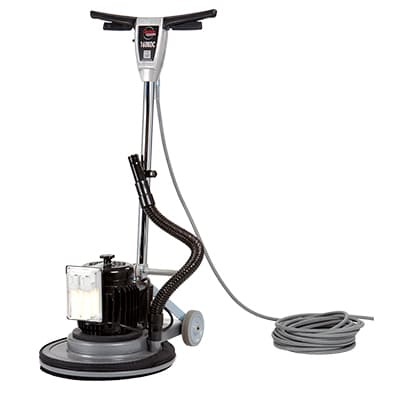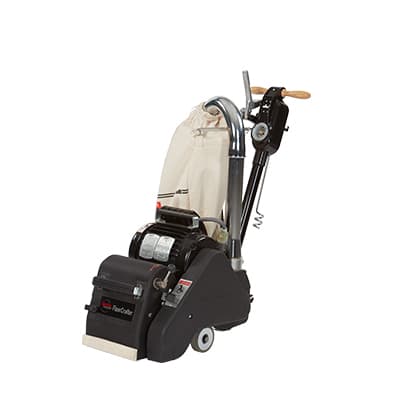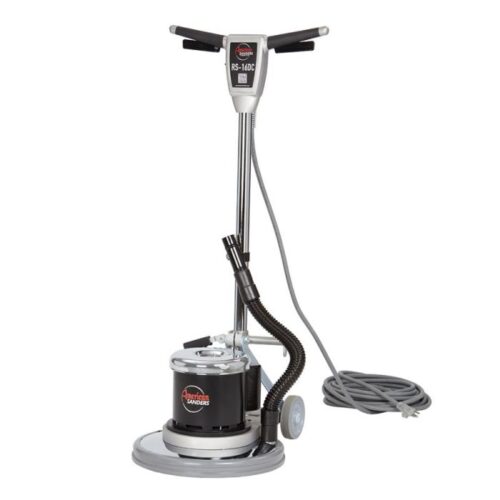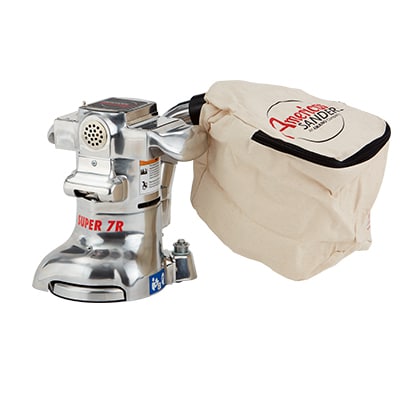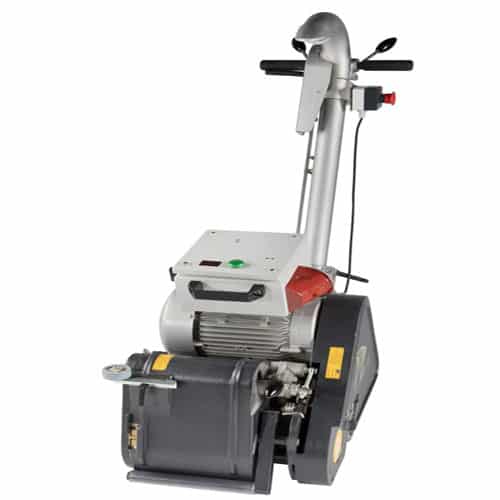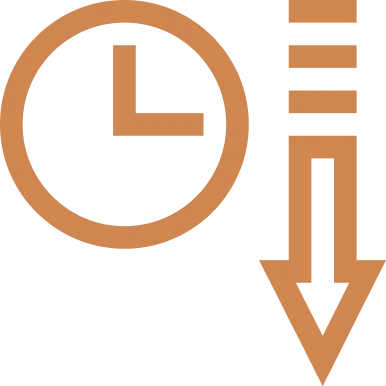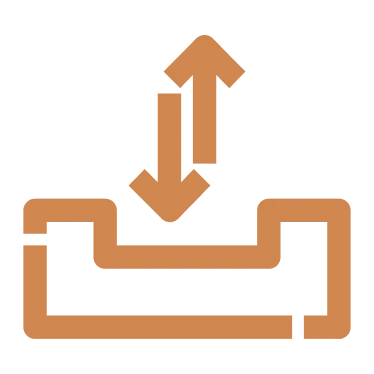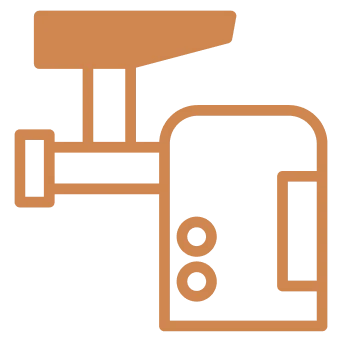The Go-To Partner for Top Hardwood Equipment Brands
We know how challenging it is when your sanding or hardwood floors installation tools slow you down or don’t deliver a smooth finish. Using the wrong equipment can cost you time and money. Rustic Wood Floor Supply solves this with a wide range of top-quality, warranty-backed tools made for hardwood flooring.
Our trusted brands include:
- American Sanders
- Festool
- Lagler
- Pallmann
- Primatech
- Powernail
Your Best Floor Starts with the Right Best Hardwood Flooring Tools.
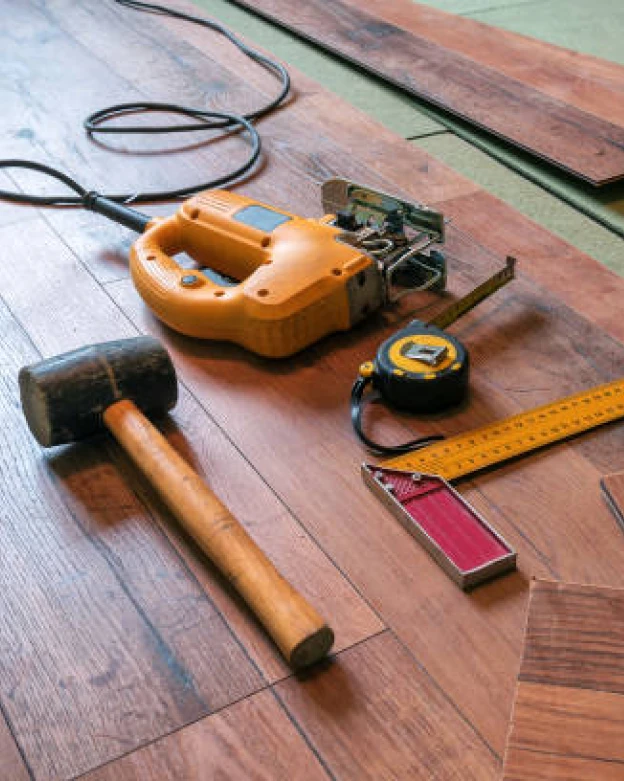
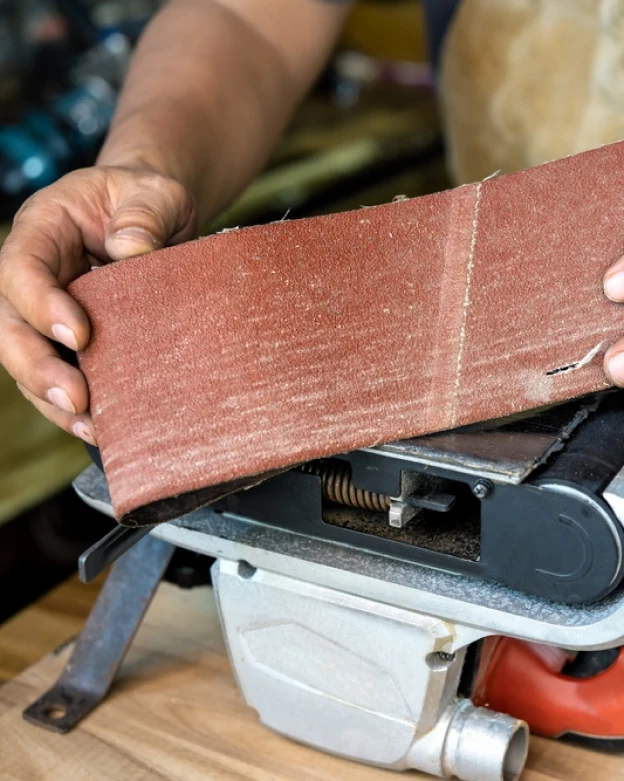
Master Your Floor’s Finish
with Our Powerful Belt Sanders
We know belt sanders are the heavy hitters when it comes to sanding hardwood floors. These powerful hardwood floor cleaner machines strip away old finishes and level the floor, setting the stage for a flawless new look. When you use our belt sanders, just check for clean wheels, a well-maintained drum, and reliable power, and you’re good to go. We make sure you get tools that work smoothly and efficiently.
We offer the best belt sander for hardwood floors from trusted brands like:
- Pallmann Cobra 8″
- Lagler Hummel 8″
- American Sanders FloorCrafter
When quality matters, our belt sanders deliver unmatched durability and precision. Make your floors flawless.
Edgers That Reach Every Corner So You Don’t Have To
Edges and tight corners can make or break your hardwood floor’s finish. Our floor edger sanders are a game changer. Designed to fit perfectly where big flooring machines can’t. Rustic Wood Floor Supply’s hardwood floor edgers save you time, reduce hassle, and deliver flawless results every time. Choose the tool pros trust to make every edge sharp and every job easier.
Our Top-Performing Edgers:
- Pallmann Gecko 2.0 (Gecko)
- American Sanders Super 7R Edger (Super 7R)
- Lagler Flip (Flip)
Don’t Miss a Spot! Tackle Tight Corners with Our Precision Edgers.
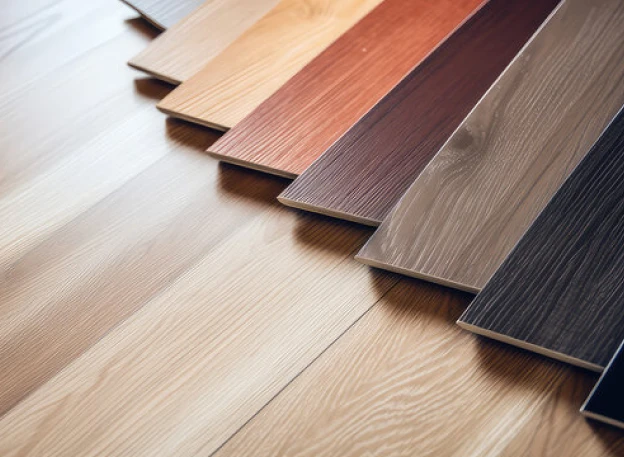
Planetary Sanders for Flawless Floor Flattening
Uneven surfaces slow you down and spoil the finish. We get how crucial a perfectly flat floor is for a standout look. Our planetary belt sanders feature multiple sanding heads that deliver smooth, even results with less effort. Pros choose these for their ease and unbeatable quality. Our top picks:
- Lagler Trio
- Pallmann Spider
Buffers That Perfect Every Finish
The final touch can make or break your hardwood floor’s beauty. We know floor buffer sanders are the go-to tool for polishing, cleaning, and prepping surfaces. Our buffers perform across all stages, giving you that flawless, professional shine while making your work easier. Built to last and trusted by experts.
- American Sanders RS-16DC
- 1600DC Buffer
Upgrade Your Floor’s Final Look.
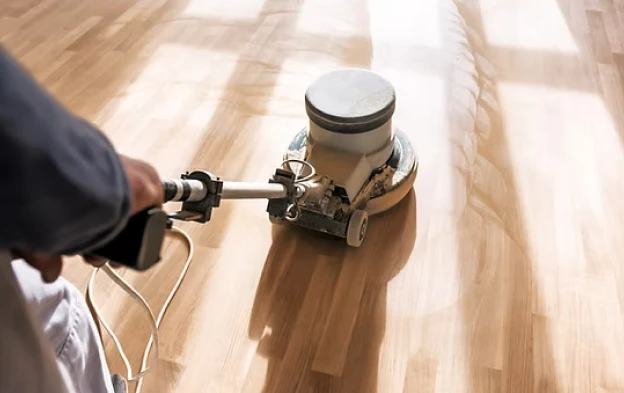
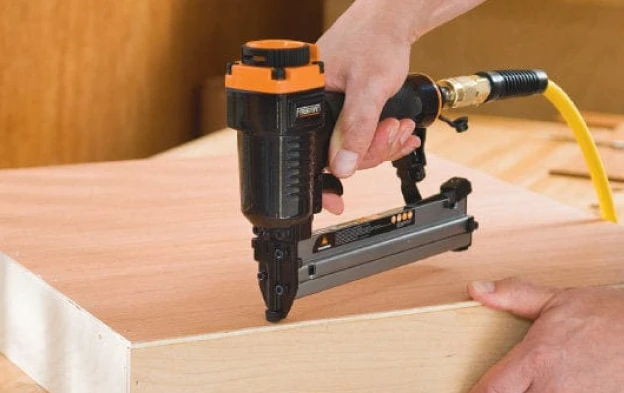
Nailers Built for Fast, Smooth Installation
Long hours nailing floors shouldn’t wear you down. We understand how a reliable nailer with smooth rollers makes the difference in speed and comfort. Our selection of durable nailers keeps your installation efficient and hassle-free, so you finish the job faster without the strain.
Nail It Right the First Time.
Why Do Contractors and Experts Trust Our Floor Equipment?
We don’t just supply tools, we help you finish faster, smoother, and with fewer callbacks. Our machines are built to
handle demanding floors and deliver top-tier results.
TESTIMONIAL
Customer Voices You Can Trust
These guys are great, always helpful and go way above and beyond to take care of us.

Very helpful and knowledgable. If they don’t already have a product, they are willing to try to get it for you.

Great, knowledgeable group and very patient. They carry beautiful woods and are willing to take the all the time you need.

Work Smarter with Equipment That’s Built for You
Your job isn’t generic, and your equipment shouldn’t be either. We handpick every machine to help you work smarter, not harder. Need help choosing between edgers or buffers? Our team’s hands-on experience ensures you get solutions, not sales talk.
From start to finish, Rustic Wood Floor Supply is here to guide you toward gear that improves your workflow, protects your craftsmanship, and holds up under pressure. We understand the demands of the job site, and we’re ready to match you with tools that perform every time.
Make your next job smoother with wood floor sanding equipment for sale.
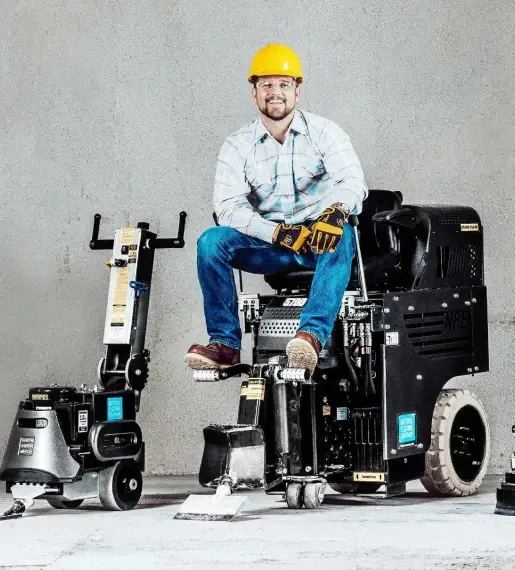
Frequently Asked Questions
Hardowoood flooring equipment and machines are not regularly updated as they have stood the test of time and work great as is. These machines are rugged, can sand a floor flat and generally have everything you would want or need to get a job done correctly.

